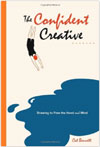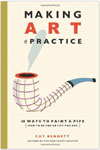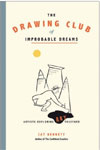Class Description
In MAKING ART A PRACTICE: In and Out of the Sketchbook, we’ll spend two days drawing in the sketchbook with a focus on color, line and shape then jump out of the sketchbook to do a bigger project. We’ll draw and paint the world around us— food, clothes and the objects in our homes, plants and landscape, and people. And we’ll do so in different ways—painting using only lines, making cut-paper images using only shapes, then bringing line and shape together in different ways.
Our goal is to draw and paint in experimental ways and to get ideas for our own work. We’ll mostly work on a larger scale outside of the sketchbook and try things out. We’ll approach everything we do with a spirit of adventure and discovery!
This is a new and different class to the first “Sketchbooks: Making Art a Practice.” If you missed that one, no worries—this class is for everyone. And anyone who would like to is invited to post work on the private Facebook page for this class. At the beginning of each week, I’ll introduce the class in the online forum and offer some examples from well known artists that might inspire us as we do the exercises. We’ll all share comments and I’ll offer feedback and a few additional ideas every weekday morning.
Class Itinerary
Lessons 1 & 2: Focus on Line / Food
After a brief chat about color, we’ll work in the sketchbook painting lines in various ways to gain assurance with drawing with the brush. For our project, we’ll draw food with paint using only lines. We’ll make simple contour drawings in black before launching into color and we’ll learn how to distill complex information into simple lines that suggest rather than describe in a literal way.
Lessons 3 & 4: Focus on Shape / Plants
We’ll draw and paint abstract shapes in our sketchbooks and talk about how we can create compositions in an instinctive way as well. For our project, we’ll work on a larger scale and learn how to paint papers in flat colors to make bold cut-paper images of plants that are imaginative rather than literal.
Lessons 5 & 6: Bringing Line and Shape Together / Landscape
We’ll work with landscape, first by drawing from the world around us or from imagination in our sketchbook with brush and black paint. For our project, we’ll work from sketches we’ve made or from imagination in two ways. In the first, we’ll begin with line and then add color. In the second, we’ll begin with shape and add line. We’ll work on small paper and paint large landscapes quickly on an intimate scale.
Lessons 7 & 8: Using a Stencil / Clothes
In the sketchbook, we’ll draw with pencil or crayon using a 2-color way to practice drawing. We’ll draw the things we wear—shirts, shoes, hats, scarves. For our project, we’ll use a stencil to create the shape of our subject then add shading and line as we choose. We can also alter our subject in imaginative ways by adding details that don’t exist to say whatever we might like to say. We’ll move away from being literal and take a more playful approach to describing what we wear or might like to wear.
Lessons 9 & 10: Mixing Mediums / Objects
In the sketchbook, we’ll return to pencil drawing and do both line and shaded drawings of objects around our homes. We’ll work with things that interest us. For our project, we’ll choose several objects then mix mediums in different ways as we make our drawings and paintings. For instance, we might paint part of the image and render another part in pencil. Or start by painting the whole object in paint, then add details in pencil or watercolor crayons. Our goal is to try several approaches and have fun with it.
Lessons 11 & 12: Altering Approaches / People
In the final week of this session, we’ll collect about 20 photos of people and paste them on the left hand page of a small sketchbook. On the facing page, we’ll make straightforward contour drawings and looser half-blind contour drawings. For our project, we’ll explore making a portrait by starting with a painted shape for the face then adding details in pencil and leaving details out as well. We’ll also explore making the whole portrait in a looser way in paint.
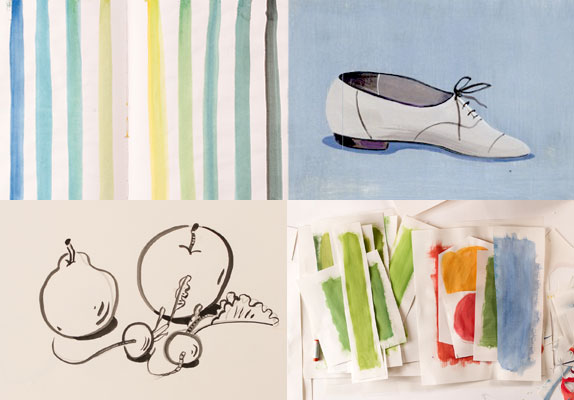
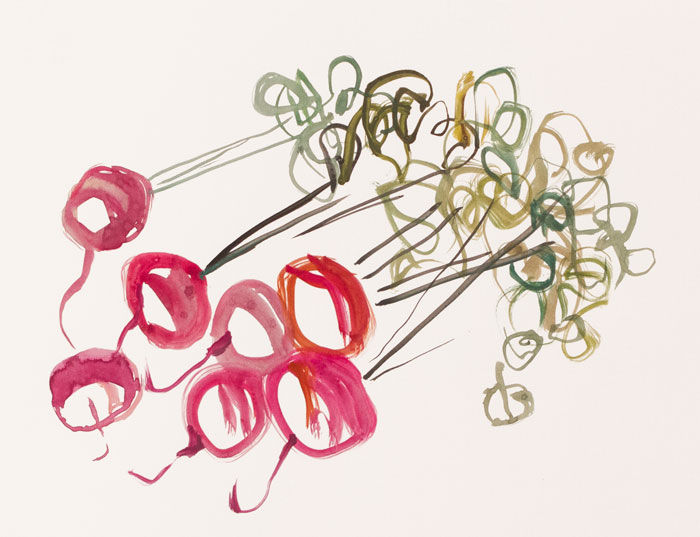
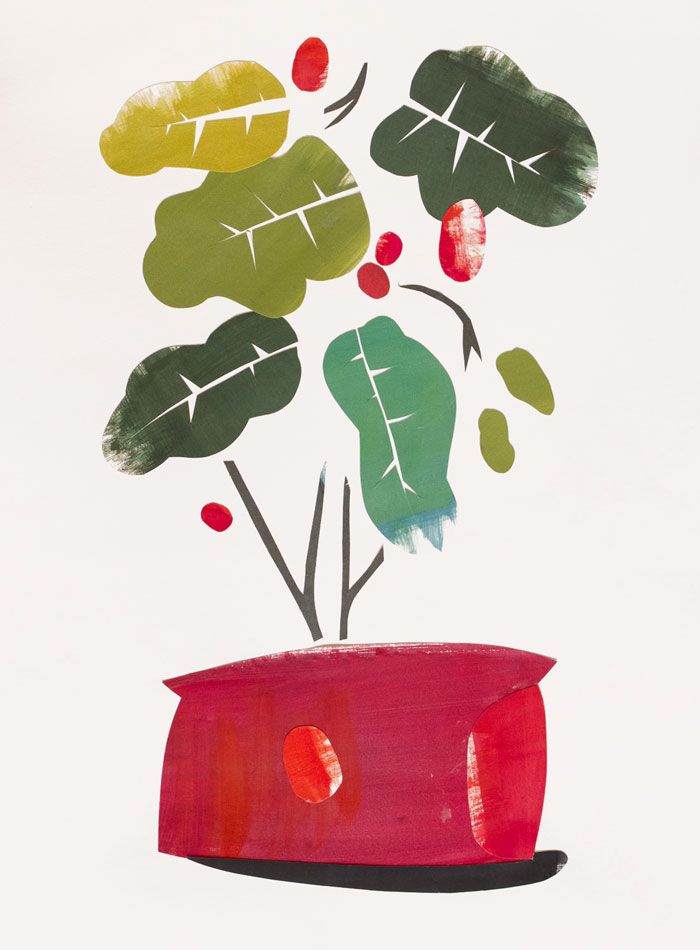
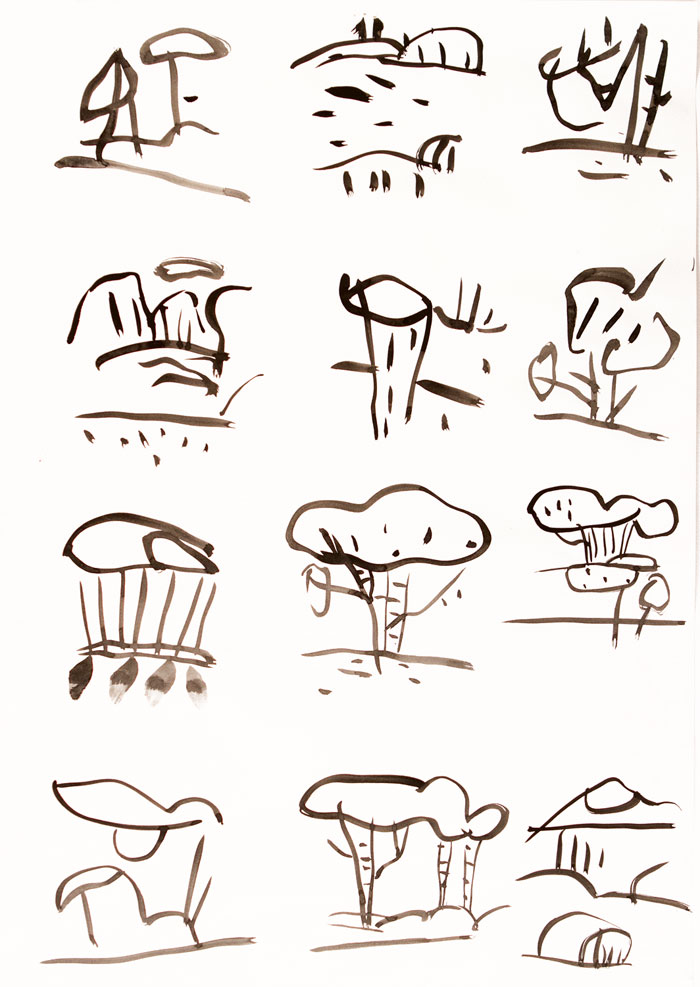
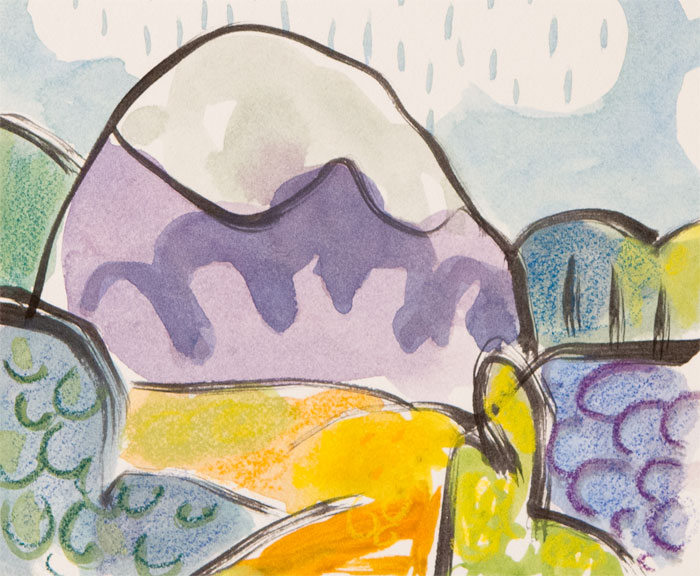
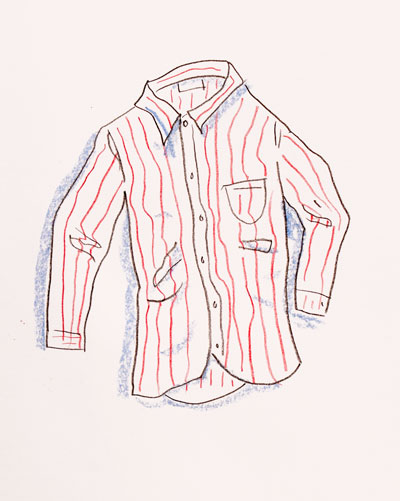
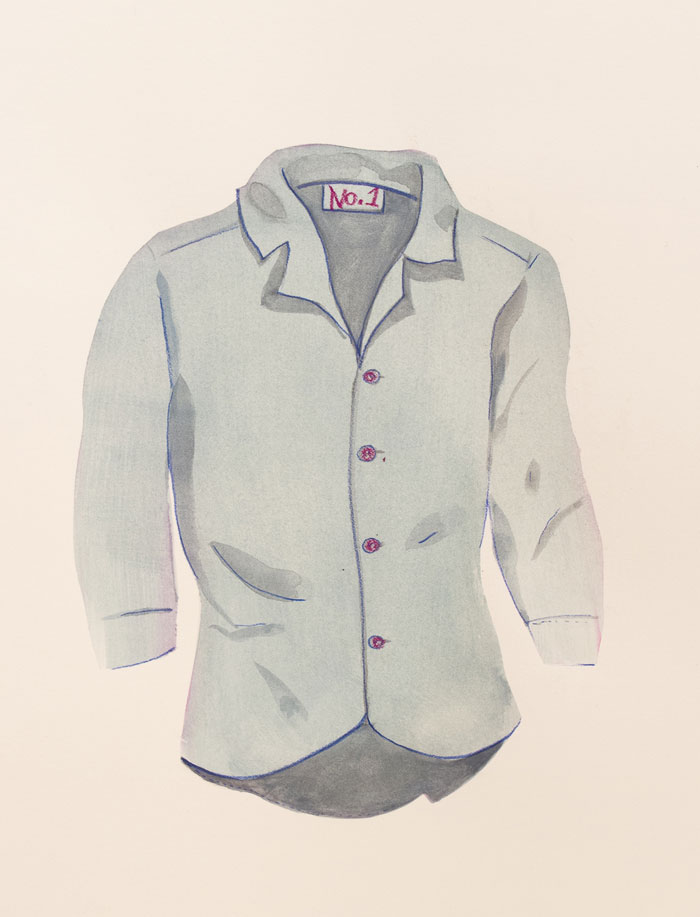
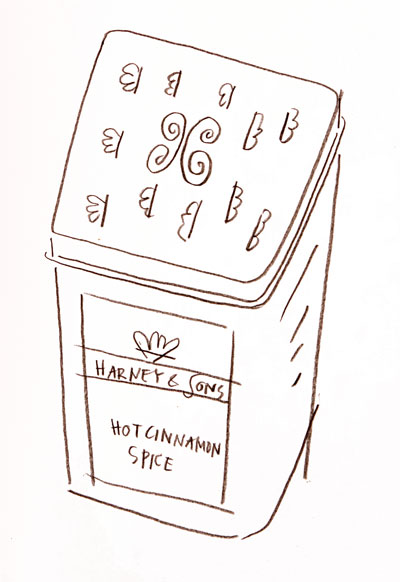
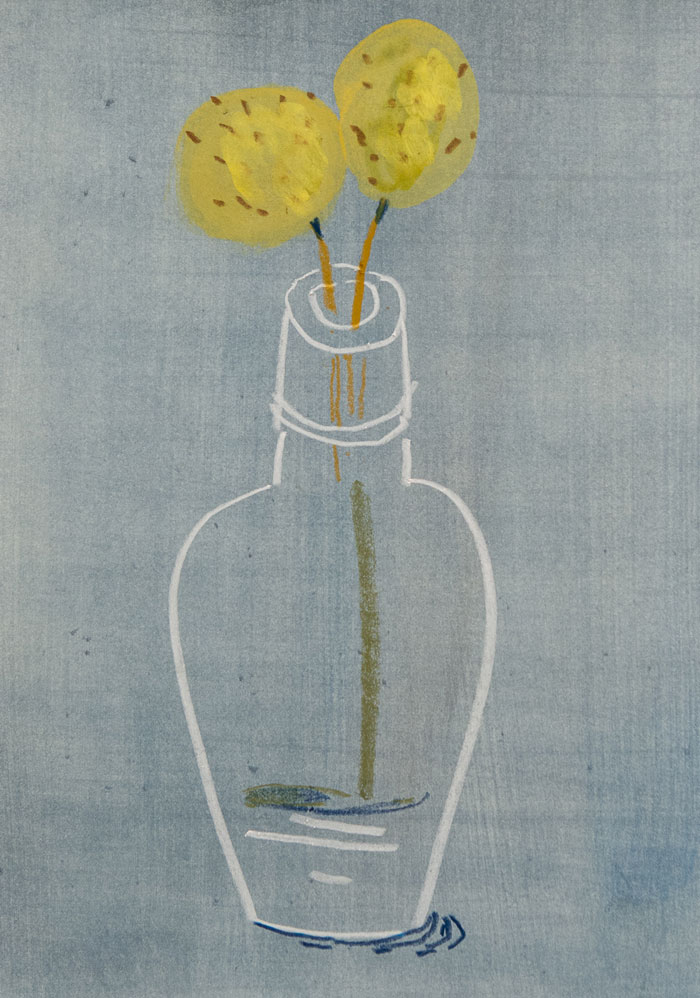
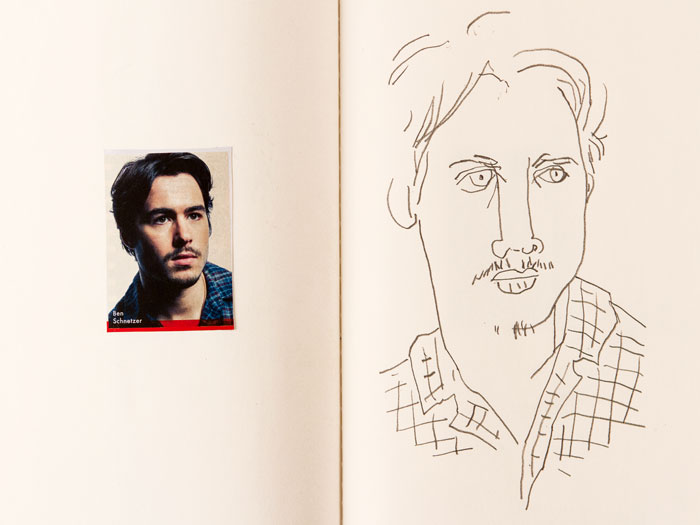
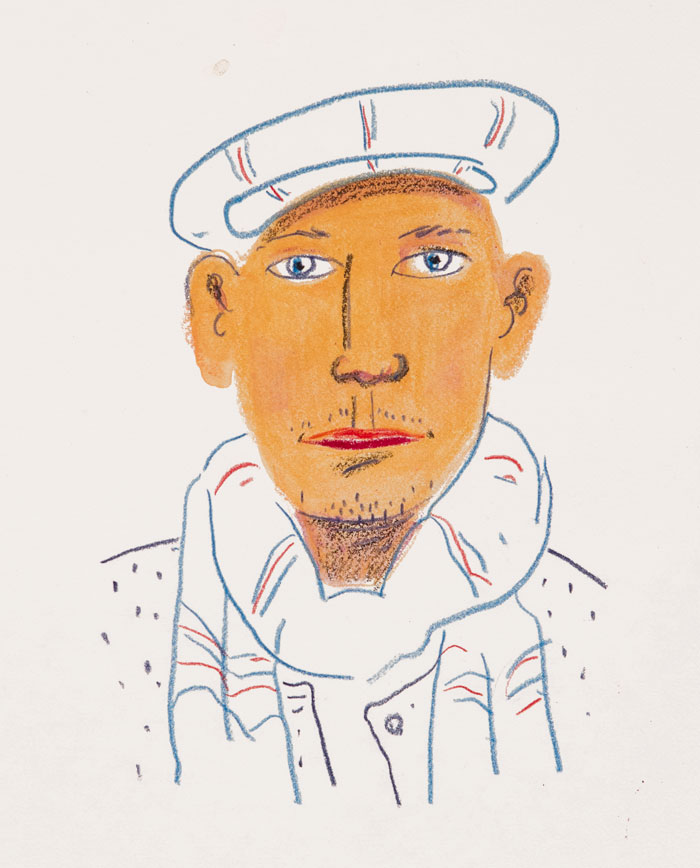


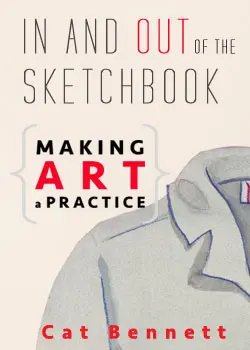

 Cat Bennett
Cat Bennett